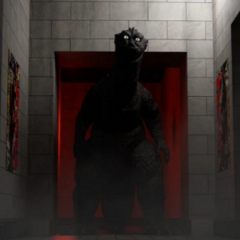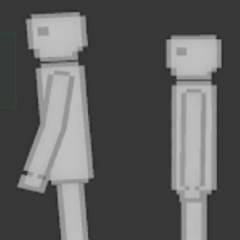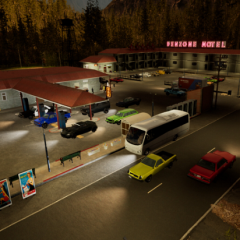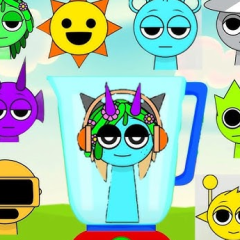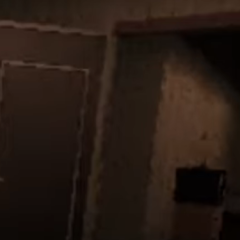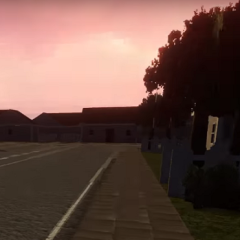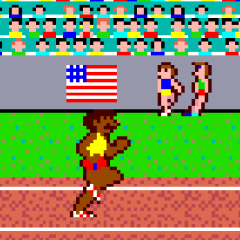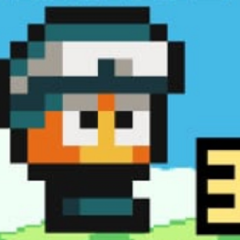Tile Placement and Merge Chain
The game begins with a clean board and a steady flow of new items. As the player adds items to the grid, identical pieces can be merged if positioned next to each other. This creates a more advanced item and frees up space on the board. The merge chain continues as players unlock new forms through repeated combinations. With each move, the difficulty increases due to shrinking open areas and growing tile tiers. The gameplay is about maintaining space and building combinations efficiently.
Game Systems and Merge Logic
Merge Fellas includes mechanics that allow players to extend each session through careful planning. Each merge follows a fixed upgrade pattern, and the player must work around the random order in which new tiles appear. Some game modes introduce bonus features or small tools that allow tile swaps or grid reshuffling.
Main features include:
- Fixed grid with static slots for tile placement
- Merge chain that upgrades identical units
- New items appear one at a time from a queue
- No time limits, only move-based structure
- Optional reset that tracks best scores
Session Flow and Long-Term Play
Each game session starts fresh, with no carry-over between rounds. Players can try to beat their previous scores by reaching higher tiers or lasting longer without filling the board. Success depends on recognizing patterns early and making space for future merges. Some players focus on short-term combinations, while others delay merges to build more efficient setups. The structure allows for repeated attempts, with slight variations in each playthrough.
Merge Fellas provides a puzzle experience that relies on space control, merge timing, and forward thinking. The game has no levels or unlockable content outside of the merge chain itself. Players are challenged by the board’s limitations and the randomness of incoming tiles. Each round offers a different challenge using the same rules, giving the game replay value through variation and decision-making under pressure.




